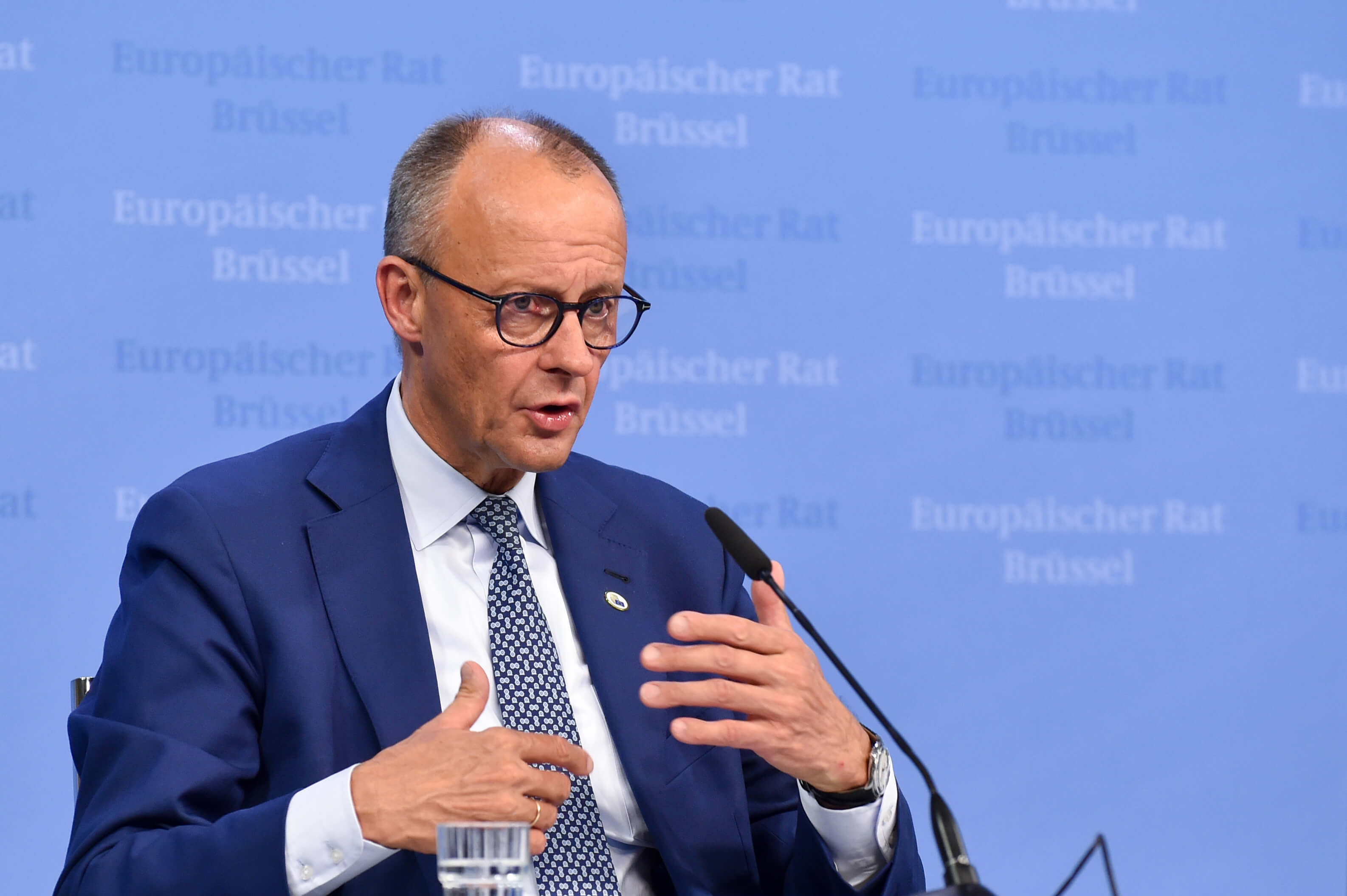The European Union laid out a plan aimed at ensuring that Europe can defend itself against outside attack by the end of the decade as concern mounts that Russia is already probing the bloc’s defenses.
A top priority would be to erect drone defenses to detect, track and disable rogue drones, following a series of troubling airspace violations across Europe over the last month — some close to Europe’s borders with Russia, Belarus and Ukraine.
This European Drone Defense Initiative would be a key part of a broader scheme dubbed Eastern Flank Watch to strengthen defenses along Europe’s eastern border on land, in the Baltic and Black seas and in the air, as well as against hybrid attacks.
The aim is to have them both initially operational by December next year, with the drone system fully functional in late 2027, and Eastern Flank Watch in full swing by the end of 2028. Separate air and space shields over Europe would also be developed.
“Over the next few years, there must be a major buildup of European defense capabilities,” EU foreign policy chief Kaja Kallas said as she unveiled the European Commission’s plan.
“Russia has no capacity to launch an attack on the European Union today, but it could prepare itself in the years to come. Danger will not disappear, even if the war in Ukraine will end,” she told reporters.
A new defense ‘road map’
The commission will submit its Defense Readiness Roadmap 2030 — essentially a check list of equipment for national governments to buy and deadlines to respect over the next five years — to the 27 EU leaders for their feedback at a summit in Brussels next week.
The early signs are positive. The issue was chewed over by the leaders in Copenhagen in early October, and their positions on how to respond to the incidents blamed on Russia have hardened.
“Europeans must take more responsibility of their own in defense capability,” German Chancellor Friederick Merz said on Thursday hours before the “road map” was unveiled. “Europe must coordinate more closely and act with more determination, and quickly.”
 Europe must coordinate more closely and act with more determination, and quickly - Friedrich Merz
Europe must coordinate more closely and act with more determination, and quickly - Friedrich Merz
The plan will require substantial funding and budgets are tight.
The commission estimates that EU defense spending this year will total around 392 billion euros ($457 billion), almost double the amount of four years ago, before Russia launched its full-scale invasion of Ukraine.
It believes that some 3.4 trillion euros ($4 trillion) will probably need to be spent on defense over the next decade. To help, it intends to propose boosting the EU’s long-term budget for defense and space to 131 billion euros ($153 billion).
A separate budget for improving the speed with which armies can move their equipment across Europe — by work on roads and bridges as well as air and sea ports — would also be boosted tenfold, to 17.6 billion euros ($20.5 billion).
Deadlines and Ukraine
The overarching aim of the Readiness 2030 road map is to encourage the member countries to decide who among them should take the lead on which projects, and to get them launched within the first six months of next year.
At least 40% of military purchases would have to be done jointly — cutting costs and encouraging countries to use interoperable weapons and standards — by late 2027.
Projects, contracts and financing on “critical capabilities” — drones or satellites, for example — would need to be settled by the end of 2028, with the whole process finalized two years later.
Ukraine is still Europe’s first line of defense - Kaja Kallas
Another key part of the plan is to provide security guarantees for Ukraine.
“Ukraine is still Europe’s first line of defense,” Kallas said. “The strongest security guarantee is a strong Ukrainian defense industry and strong Ukrainian army.”
One goal, she said, is “establishing a drone alliance with Ukraine by early next year.”